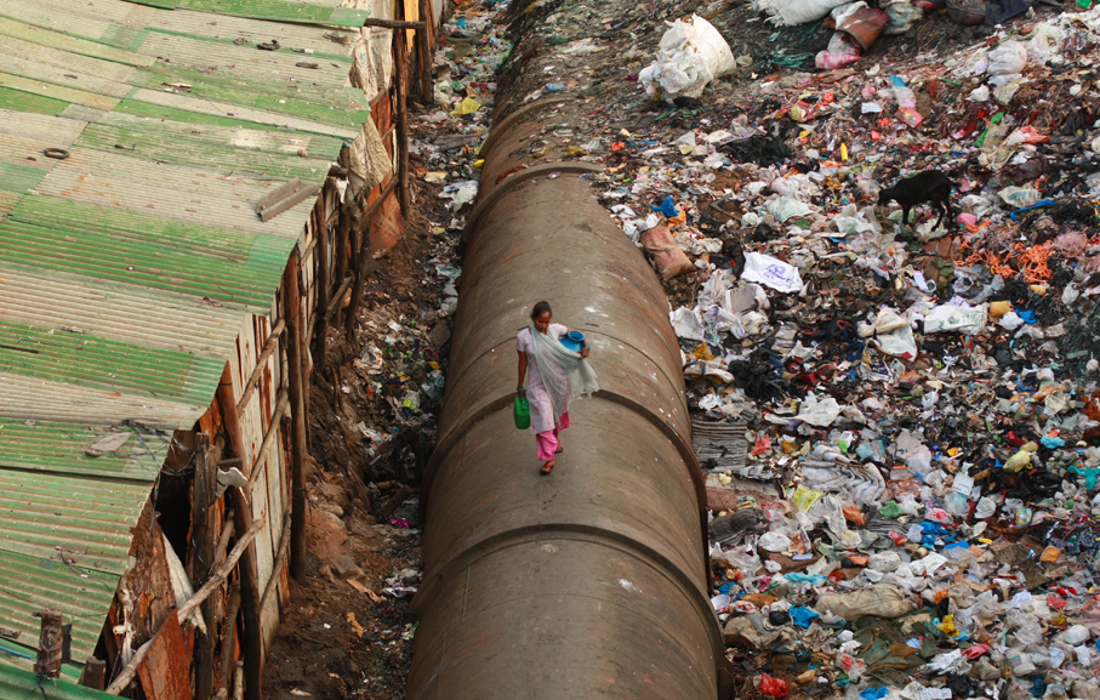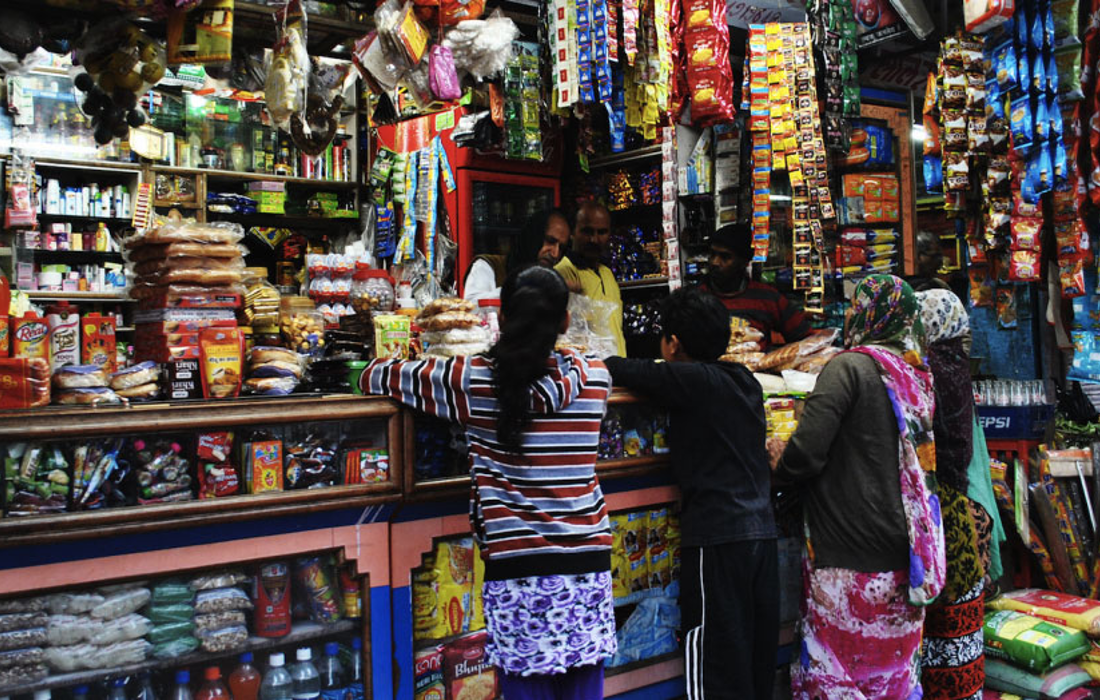Dalberg uses cookies and related technologies to improve the way the site functions. A cookie is a text file that is stored on your device. We use these text files for functionality such as to analyze our traffic or to personalize content. You can easily control how we use cookies on your device by adjusting the settings below, and you may also change those settings at any time by visiting our privacy policy page.
It is well acknowledged that access to formal credit remains an important unmet financing need in India. On the borrower’s side, there are two key issues – (i) their inability to meet banks’ traditional lending criteria, and (ii) a mismatch of available credit products with the financing need. On the lenders’ side the high cost of lending (driven by high customer acquisition/ onboarding cost), and low revenues (e.g. through interest payments on small ticket loans) lower the overall profitability of serving the low income segment, limiting the value proposition for traditional financial institutions.
Broadly speaking, there are two levers that can help unlock credit for low income customers (and broader financial inclusion in the country) – (i) using proxies to assess credit worthiness, and (ii) using technology to reduce the costs to serve the financially excluded. The emergence of digital payments, and the creation of digital data trails (e.g., transaction histories) provide a unique new source of information to unblock credit services for this segment. Secondly, replacing costly, and time consuming procedures such as collection and storage of paper records (bank statements, ITR, KYC, etc.), scrutiny of “wet signatures”, and secure handling of physical cash, can reduce the overall costs to acquire and serve low income customers. This is where the India Stack project is relevant.







